When is the best time to visit Japan?
20.11.2018 | updated: 10.01.2023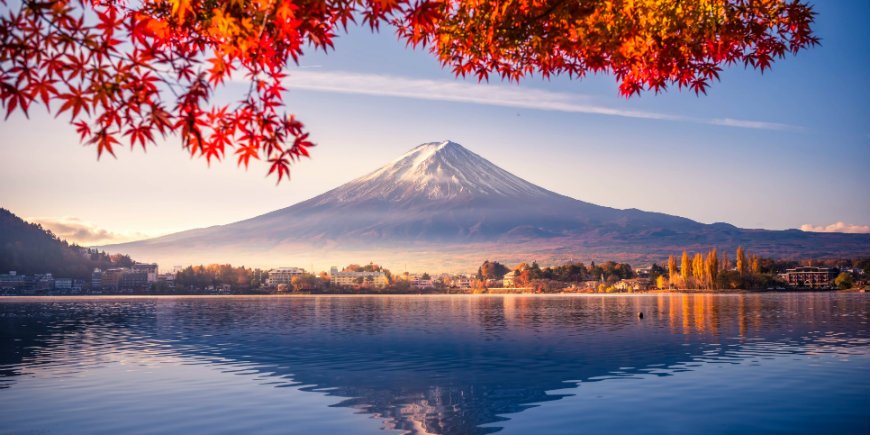
Japan is a unique travel destination.
Experience, for example, age-old Japanese traditions, amazing scenery, world class food or the unique cherry blossom season.
But when are you planning on visiting beautiful Japan?
Read more here and learn about the Japanese climate and seasons.
NB: The guide below is a guideline only.
Japan’s climate
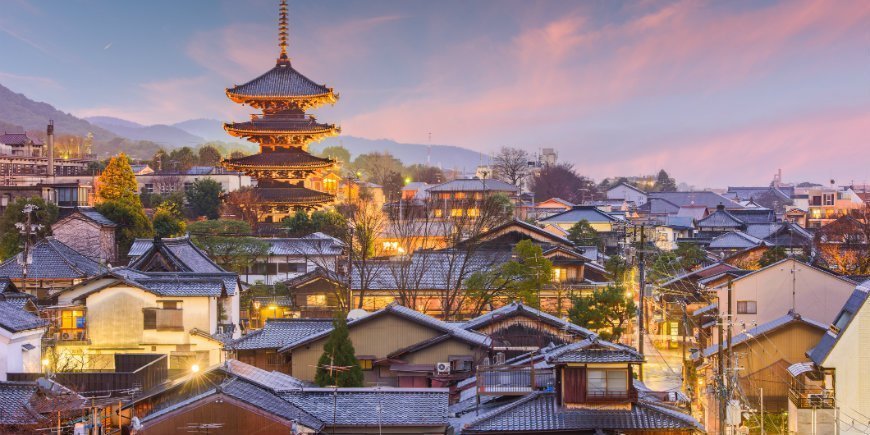
You can visit Japan all year round.
Japan has four different seasons: spring, summer, autumn and winter, which occur at the same time as ours. Most of the country has a temperate climate.
The time to travel depends mainly on what you would like to experience in the country with more than 6,000 islands.
The weather in each part of the country is influenced by the ocean around Japan and its mountains. From around May, but especially in late summer, there is a risk of typhoons. Typhoon season ends in October, and the likelihood of it affecting your trip is generally small.
It’s best to travel to Japan in:
- the spring, if you want to experience the cherry blossom, also known as Sakura.
- the summer, if you want to swim at the beautiful beaches or experience the array of summer festivals.
- the autumn, if you want pleasant temperatures and to experience the Japanese towns and cities in their autumn colours, called koyo.
- the winter, if you want to warm yourself in an onsen – a Japanese hot spring.
So, each of the four seasons in Japan has something special to offer.
Spring in Japan
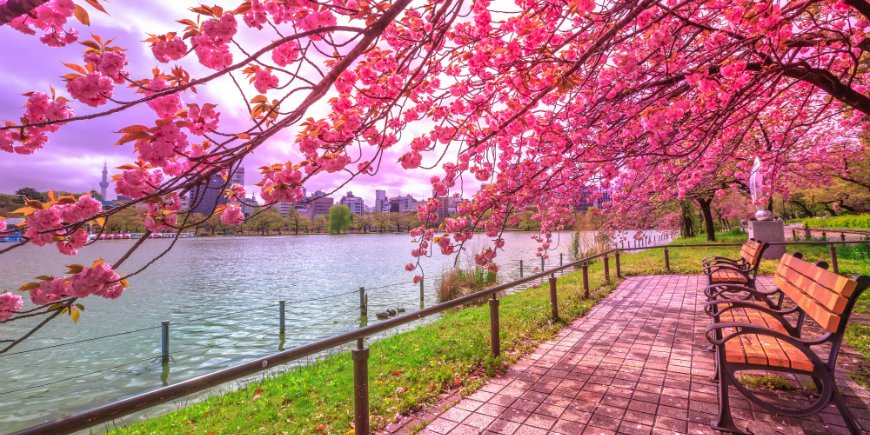
One of the most popular times of the year to visit Japan is in spring from March to May.
This is when the cherry trees blossom, which is an enchanting sight. The trees blossom at different times in different parts of the country, starting in the southern regions in March and ending in May in the colder, northern part of Japan. The weather from year to year also has an influence on when the trees blossom.
Spring is also when the “Golden Week” holiday takes place in Japan, at the end of April and start of May. During the Golden Week period, there are several other small holidays, and this is a busy time of year as the Japanese are also on holiday.
Spring temperatures and weather conditions
Daytime temperatures in spring generally range from 10 to 20 degrees, but can reach 24 degrees on the island of Okinawa in the south. So the weather may require a jacket, but there are also days when you will be fine in a T-shirt.
There is a possibility of showers, but spring is generally a pleasant time to visit Japan.
Summer in Japan

With the arrival of summer in the months from June to August, it’s festival time in Japan. The festivals are called “matsuri”.
While festivals are held throughout the year in Japan, summer offers some of the best of the year, such as Kyoto’s Gion Matsuri or Osaka’s Tenjin Matsuri.
Besides festivals, there is also ample opportunity to see fireworks, known as “hanabi”, which are very popular in Japan. One of the country’s most famous hanabi events is the Sumida River Fireworks Festival in Tokyo.
Summer temperatures and weather conditions
The summer months are characterised by heat, high humidity and rain. The rainy season (tsuyu) begins in June and varies in length and intensity from year to year. The hottest and most humid months are July and August.
Daytime temperatures generally range from 20–32 degrees, but can also reach as much as 35 degrees.
Typhoon season, which lasts from May to September, may affect the summer months, but the biggest risk of this is in August (and September).
Autumn in Japan
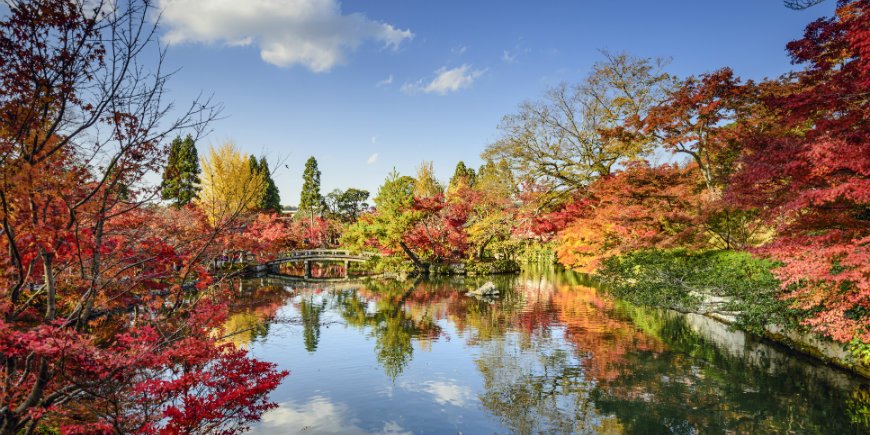
Japanese autumn from September to November is an amazing time to visit wonderful Japan.
Autumn colours wrap nature in shades of red, yellow and brown, which is an unforgettable sight. This time of year is called koyo, and its beauty is almost on a par with sakura in the spring.
And just as the cherry blossom hits the Japanese towns and cities at different times, so, too does koyo. The autumn shades sweep across the north of the country from September, slowly moving south.
Autumn temperatures and weather conditions
Autumn is also one of the most beautiful times of the year to visit Japan. Daytime temperatures are generally between 15 and 25 degrees, and the weather is clear.
Typhoon season, which started in May, ends in October. August and September are the months most frequently affected.
Winter in Japan
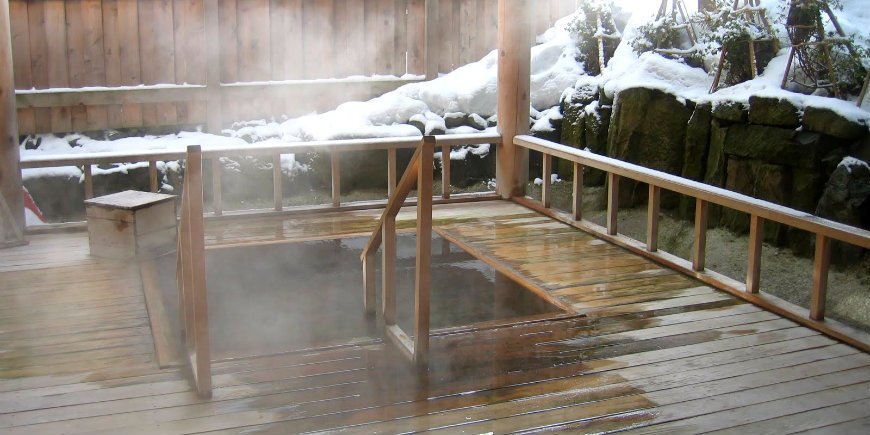
The winter months from December to February are unsurprisingly the coldest months of the year, but there is still good reason to visit the country at this time.
The Japanese onsen – Japan’s answer to hot springs – can be experienced all year round, but this is the perfect thing to do on a winter holiday. Imagine sitting in the lovely, warm onsen with snow adorning the surrounding landscape. Experience the wonderful onsen when you stay at one of the tradition-rich ryokans – the traditional Japanese inns.
Japan also has some quirky Christmas traditions which are fascinating to experience in December, including Christmas markets and a somewhat unusual Christmas menu.
And last but not least, there are far fewer visitors in the winter months. So, if you want to experience the country with fewer visitors, winter is a good choice.
Winter temperatures and weather conditions
The winter months are the coldest of the year. Daytime temperatures are generally around 10 degrees, though the island of Okinawa does get temperatures up to 20 degrees. The nights are somewhat colder with temperatures all the way down to freezing.
As always, depending on where you are in the winter months, there can be major differences in the weather. A lot of snow can, for example, fall in the mountains, offering excellent skiing opportunities.
What is the weather like in the Japanese towns and cities?
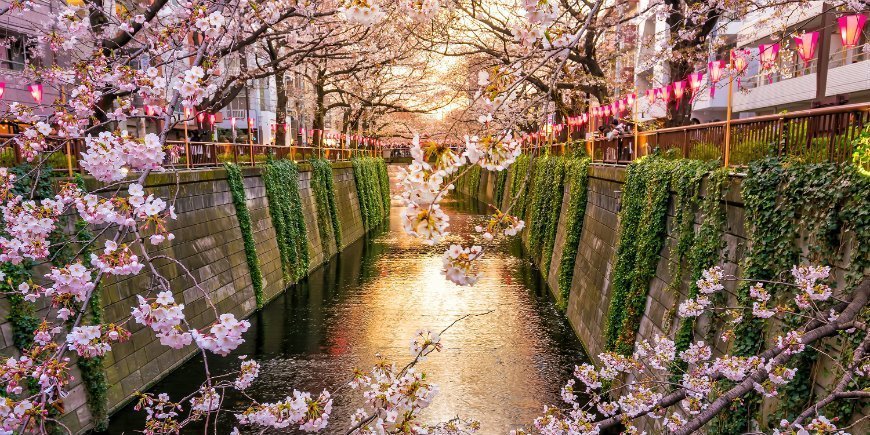
Japan is a country that stretches a great distance from north to south.
So the weather varies in the Japanese cities.
Read more about the weather in selected Japanese cities below.
Kanazawa
There is a good chance of finding the city of Kanazawa shrouded in snow during the winter months, which is a unique and lovely experience. When winter is over, there is a risk of rain, peaking in the summer months.
In May and October, the temperature is around 14 to 23 degrees, though occasionally reaching up to 29 degrees.
Tokyo
The capital, Tokyo, is a great place to visit all year round, but it is always a good idea to have an umbrella or raincoat with you. The months of June, September and October are the wettest, with 180 mm rainfall, while around 50 mm falls in the driest months.
The temperature is approximately 6 degrees from December to March, while the humid summer months reach temperatures of 20 to 27 degrees, which may feel even warmer due to the humidity. Spring and autumn are the most pleasant months to visit the capital.
Kyoto
Kyoto is worth a visit all year round, but spring and autumn are the most beautiful, with comfortable temperatures and blue skies.
Summer is hot and humid, and June, July and September are the wettest months. The temperature ranges from 20 to 30 degrees from April to October, and the lowest day temperatures of the year do not drop below 10 degrees. At night, however, the temperature can drop to freezing point during the winter.
Hiroshima
The weather in Hiroshima is similar to Kyoto’s. In the summer, there is a little more rain here than in Kyoto, and summer is also the warmest and most humid time of the year.
The spring and autumn months are the most pleasant, and October and November have the least rainfall.
Want to experience Japan?
Have you been enchanted by Japan and the multitude of experiences it offers?
Colourful festivals, multi-coloured fireworks, unique nature and traditions that enthral.
Japan is a fantastic travel destination.
Still not sure when to visit Japan? You are always very welcome to contact our travel consultants who can offer expert guidance on the right time to travel.
Please note that the above guide is a guideline only, and recommendations may change on an ongoing basis.
TourCompass – From tourist to traveller
